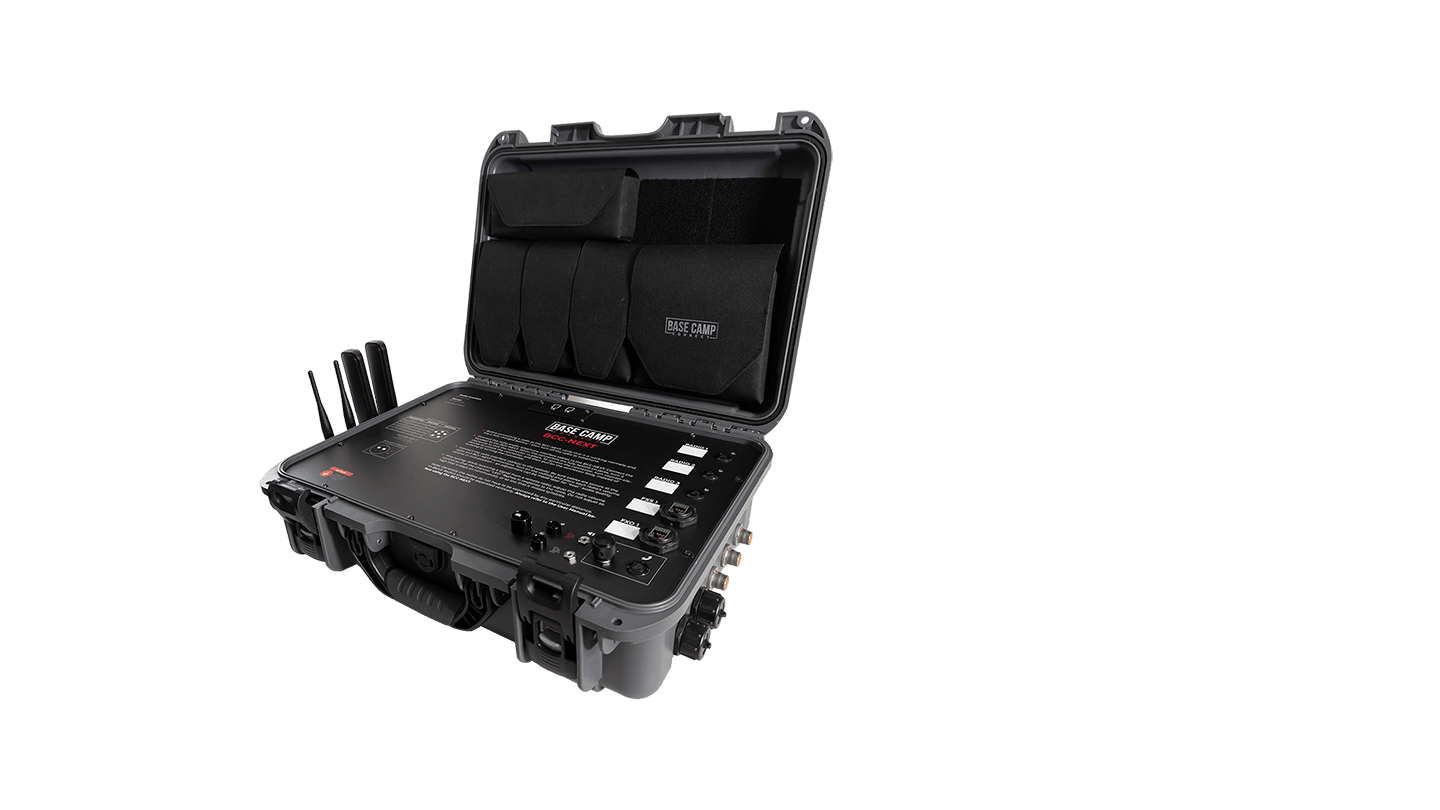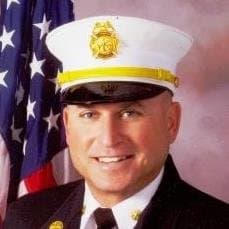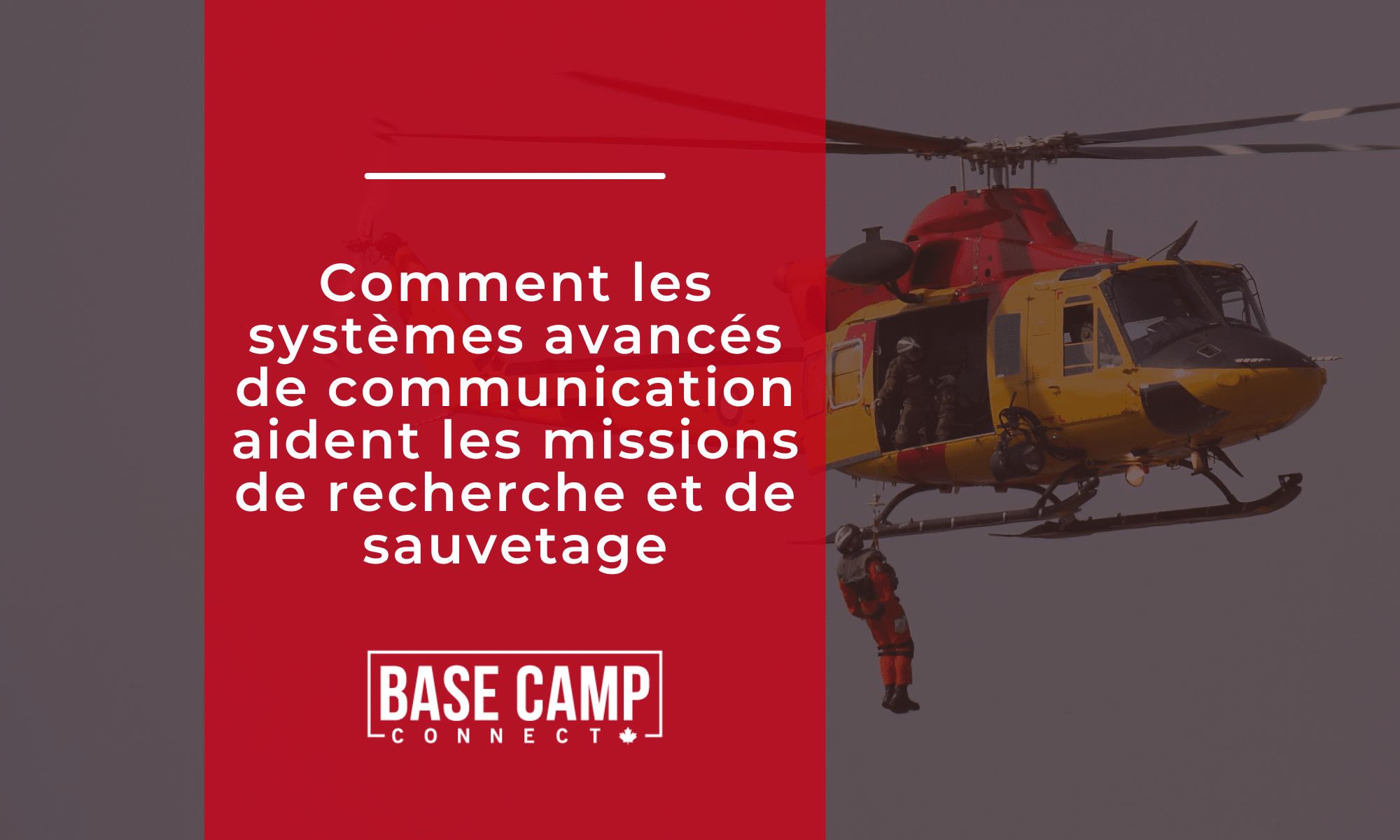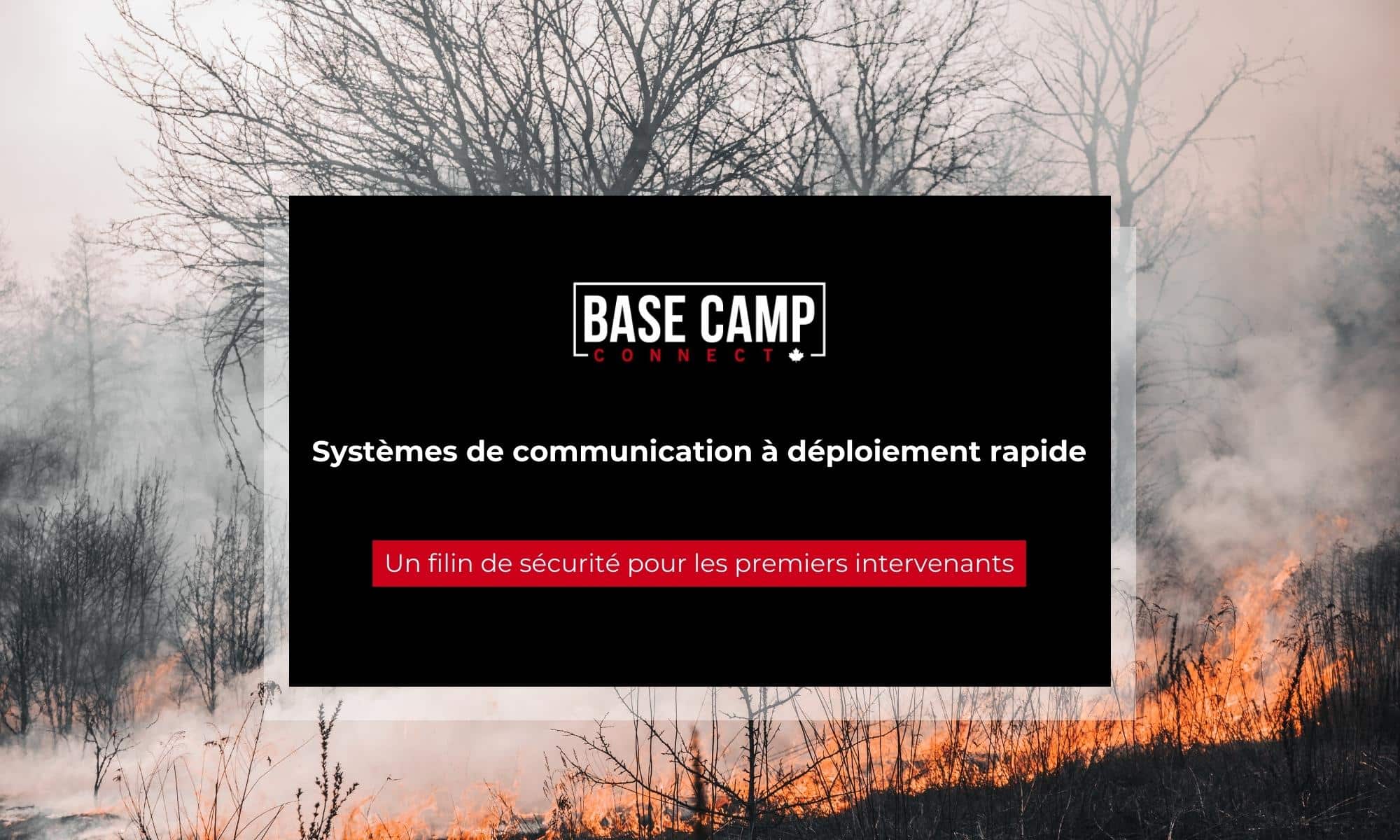For Fire & EMS departments the “conventional wisdom” regarding marketing has been primarily, “We don’t need to market our services. When people have a fire, they call 911 and we respond. They don’t have a choice. It’s not like deciding what store to shop at.”
The reality that’s “hitting” home with many fire and EMS organizations today, however, is that their citizens do have a choice. In the current economic climate, where most local governments are having to make tough fiscal decisions, elected officials and their constituents are making “buy” or “no buy” decisions regarding the public safety services for their community. Don’t believe it? Look at how many cities, towns, and counties are laying off personnel, closing fire stations, cutting back on non-emergency services, etc.
An equal reality is that your fire and EMS department still needs the right equipment and apparatus to do the job safely, effectively and efficiently. Enlightened fire and EMS leaders also realize that to do that they need to inform and educate the buyer, that is, their local government that must allocate the necessary funding for the purchase.
What you need vs. what you want
 The process of convincing your local governmental leaders of the need for a new piece of fire apparatus should begin with determining what your department needs. If you’re not clear on what you need, how can you expect those leaders to understand what you need? I wrote an article for FireRescue1.com in 2015 entitled, How to buy a fire truck, that addressed some of the questions that you need answers to before going to your “buyers”:
The process of convincing your local governmental leaders of the need for a new piece of fire apparatus should begin with determining what your department needs. If you’re not clear on what you need, how can you expect those leaders to understand what you need? I wrote an article for FireRescue1.com in 2015 entitled, How to buy a fire truck, that addressed some of the questions that you need answers to before going to your “buyers”:
- What tactical operations will you expect from the apparatus?
- How many people and how much equipment must the vehicle carry?
- For pumpers, what suppression capabilities are needed?
- For aerial apparatus, what are the challenges in your district?
- Purchase the apparatus new or used?
- What will it cost?
I also wrote an article that addressed the steps to follow to better plan your department’s next fire apparatus.
The information and insights gained from answering those questions will form the basis of your request for funding. These days, it’s more important than ever before to demonstrate to your buyer that you need the equipment as opposed to wanting the equipment.
How an Advisory Board can aid in the process
In 1989, when I was a Captain with the Chesterfield County (Va.) Fire and EMS Department, our local government commissioned a third-party to study how EMS was delivered and how it needed to be improved. The final report from that study contained a significant number of recommendations for improving the delivery of EMS to county residents.
One of the key recommendations was that the County Administrator (the county’s “CEO”) establish an EMS Advisory Council consisting of stakeholder groups to provide strategic direction for the Fire and EMS Department and the four separate and autonomous ambulance squads that made up the EMS delivery system. The members of that Advisory Council included representation for:
- The County Administrator’s Office;
- The Fire and EMS Department;
- The volunteer ambulance squads;
- The local hospitals;
- The regional EMS Council; and
- The county’s citizens in the person of a member-at-large (appointed by the County Administrator).
The primary function of the Advisory Council (which stills exists to this day) was to provide the strategic direction for the implementation of the remainder of the system improvement recommendations contained in the study’ report.
Several of those recommendations addressed needed improvements for ambulance availability and capability, EMS biomedical equipment, and training for additional paramedics. Particularly for those “big ticket” items, like ambulances and biomedical equipment, the Advisory Council served two purposes: (1) strategic guidance in the form of assessing needs and prioritizing those needs and providing a “roadmap” for the leaders of the Fire and EMS Department and the volunteer ambulance squads to follow; and (2) acting as the conduit to communicate those needs to the County Administrator and the County Board of Supervisors (the local governing body) to acquire the necessary funding.

That second function (communicating needs) proved by far to be the most valuable function for the Advisory Council. Why? Because the “buyers” were being informed and educated about the EMS system’s needs by a coalition of system stakeholders. It wasn’t the Fire and EMS Department or any of the volunteer ambulance corps going before the Board of Supervisors individually asking for funding for the purchase of equipment or vehicles. It was a non-partisan body (the Advisory Council) going to the Board of Supervisors with well-researched and documented needs that were congruent with a plan: the recommendations of the EMS study.
Creating an effective Advisory Board
Having been a part of this process, I believe there were several key factors that promoted success for the EMS Advisory Council that included:
- The presence of a plan. The EMS study commissioned by the Board of Supervisors created the atmosphere for effective strategic planning for the future of the county’s EMS delivery system. The study’s recommendations continued to be the driving force for system improvements.
- Stakeholder involvement. Having stakeholders in the EMS system as an integral part of the continuing process was critical in gaining support from the Board of Supervisors for the systematic and data-driven decisions regarding apparatus and equipment purchases and training of EMS personnel.
- Speaking with one voice. The EMS Advisory Council, over time, because the singular voice for the EMS delivery system and, was in fact, a key influence on the EMS delivery system truly becoming a system, not just individual “moving parts.”
- It promoted credibility for the EMS delivery system with the Board of Supervisors. The Board of Supervisors became more comfortable and confident that the funding decisions that it made were going to be for overall system improvements.
I trust that this article will prove of value to other fire and EMS organizations and the communities they serve. Fire and EMS departments can achieve greater success in gaining the funding for needed fire and EMS apparatus and equipment through collaboration and involvement with their stakeholders.














